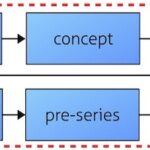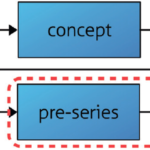One consequence of the pandemic lockdown . due to Covid-19 has in some cases been a significant decrease of traffic volumes from vehicles. At some borders, the decrease of personal car traffic was significantly reduced during the lockdowns in the spring of 2020. Since vehicles can contribute to the background electromagnetic interference environment, it is of interest to investigate if the pandemic lockdown has led to any observable differences in measured background electromagnetic interference levels. Measurements have been done in the civilian GPS-frequency band in the vicinity of the bridge over Öresund, between Sweden and Denmark. A significant reduced level of electromagnetic interference can be seen as a result of the lockdown in the spring of 2020. Furthermore, these measurement results indicate that passenger cars have the largest contribution to the interference in the GPS-band.











